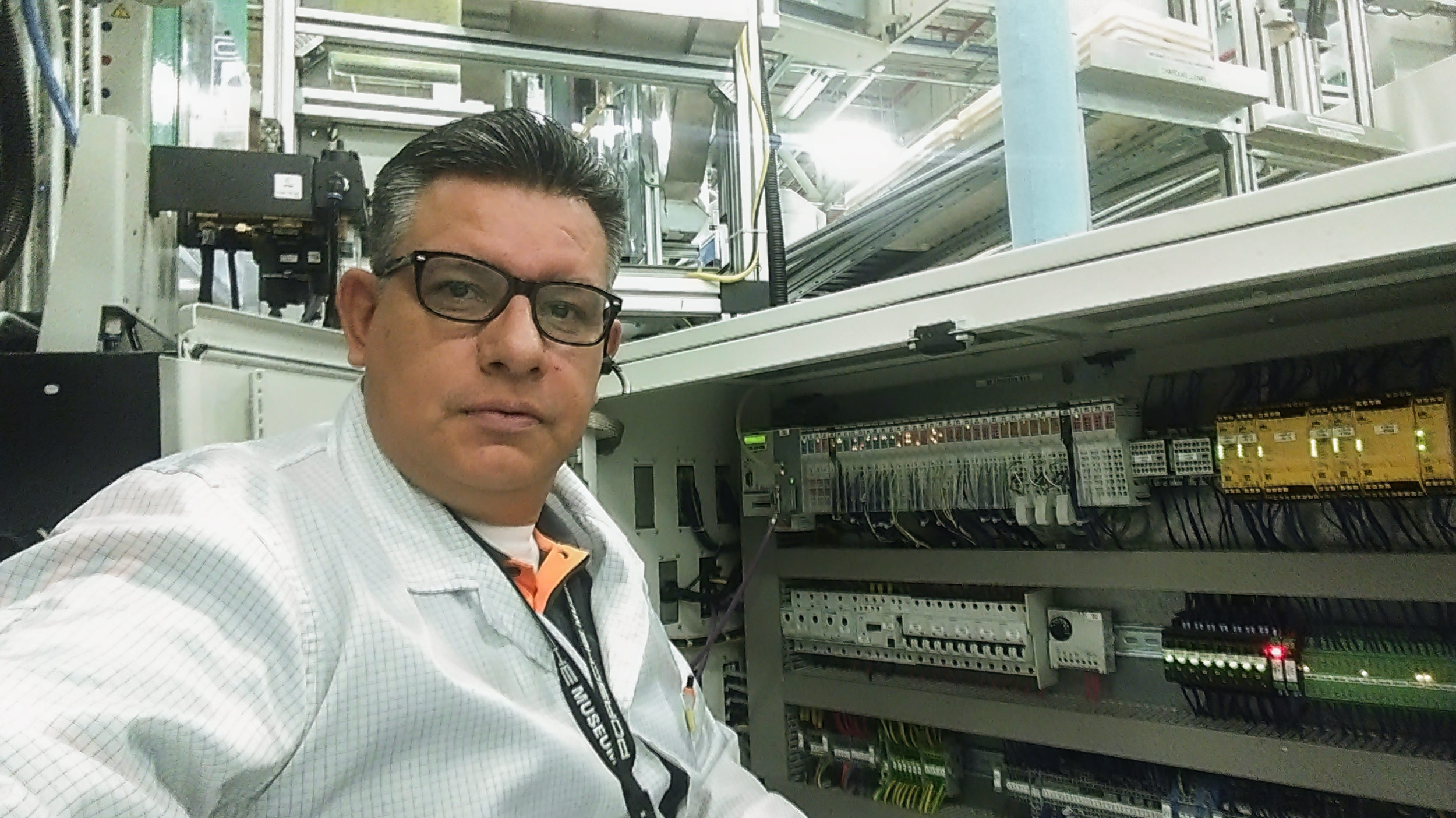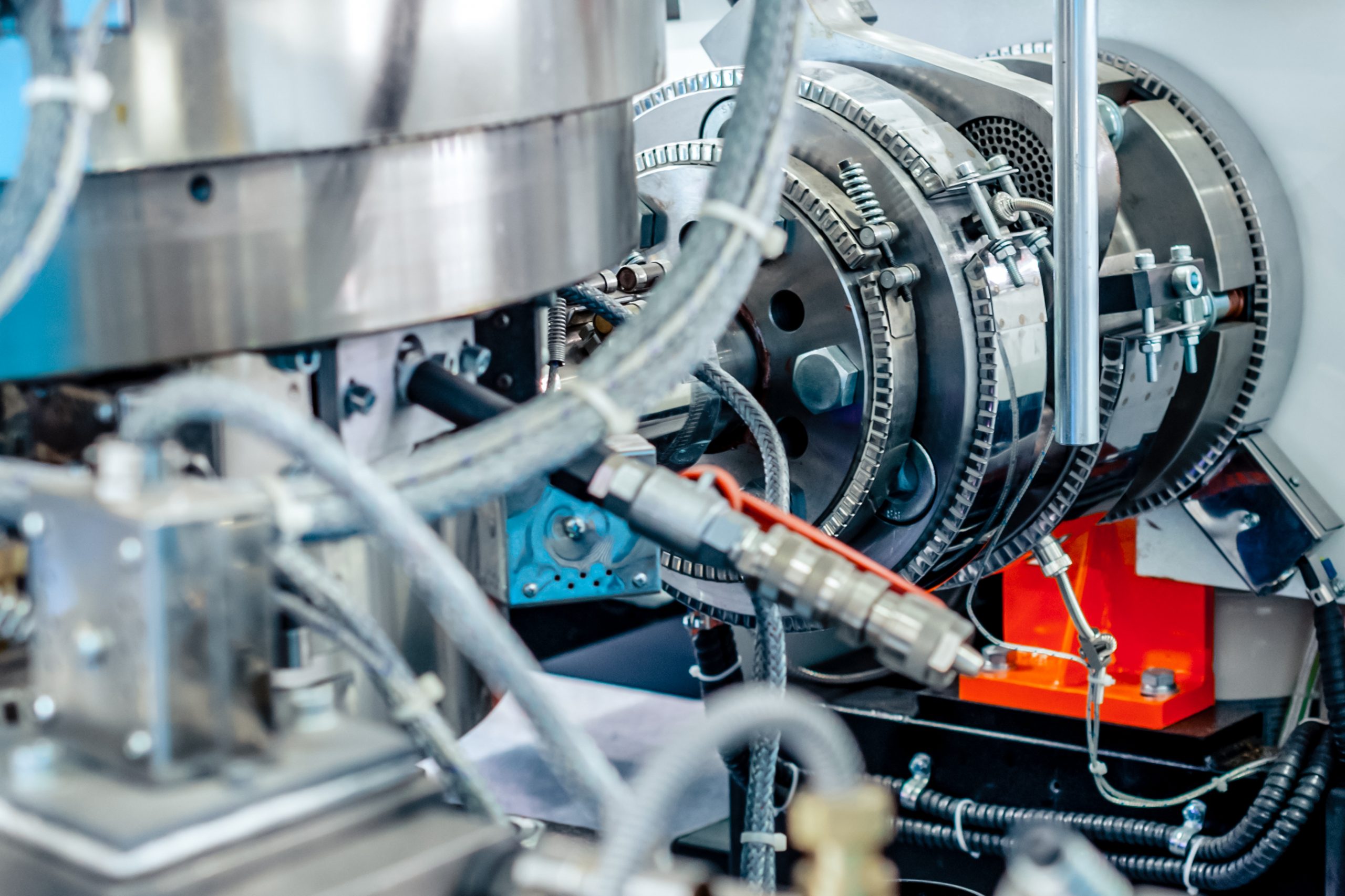In today’s competitive manufacturing landscape, companies are tasked with maintaining high-quality output while managing lean operations, often with fewer available workers. For injection molders, finding ways to uphold these standards with limited staff is more crucial than ever. DECOUPLED MOLDING III (DIII) offers a solution by facilitating more streamlined, automated processes that bring us closer to autonomous molding. This advanced methodology not only ensures the quality and consistency of molded parts but also empowers companies to leverage automation to reduce dependence on manual labor.
What Is DECOUPLED MOLDING III?
At its core, DECOUPLED MOLDING III is a scientific molding approach that separates each stage of the molding process to improve repeatability and quality. It goes beyond traditional molding techniques by isolating key phases like filling, packing, and holding, ensuring precise control at each step. This method reduces variation and increases part quality, even in high-demand environments where consistent results are critical.
Where traditional molding requires continuous operator oversight to adjust for inconsistencies, DIII empowers molders to set up robust, self-regulating systems. This translates to a smoother, more controlled process that can detect and adjust to minor fluctuations without manual intervention. With DIII, injection molders can reduce labor costs, as they no longer need to rely heavily on operators to make in-process adjustments.
The Shift Toward Autonomous Molding
DECOUPLED MOLDING III brings molders a step closer to true autonomous molding, where machines operate independently with minimal human intervention. By automating the adjustment processes, DIII reduces the need for skilled operators to manage each cycle. Ever evolving technologies like RJG’s CoPilot, uses real-time data to monitor and adjust the molding process, allowing automated adjustments without human input.
How DIII Supports Lean Manufacturing
For manufacturers aiming to optimize production with lean staffing, DECOUPLED MOLDING III is an invaluable asset. DIII allows fewer staff members to manage more machines, as it minimizes the need for constant supervision and hands-on adjustments. With tools like RJG’s training and technology solutions, operators and technicians can be effectively upskilled, enabling them to oversee a larger scope of responsibilities with confidence.
Upfront Investment Yields Long-Term Savings and Efficiency
While investing in the technology required for DECOUPLED MOLDING III and automation may come with significant upfront costs, the return on investment (ROI) can be substantial. By making better parts faster and with greater precision, manufacturers can reduce scrap rates and improve overall efficiency. Additionally, automated systems help minimize downtime, as machines can self-adjust and detect issues before they become major problems. This efficiency leads to higher output and fewer interruptions. Moreover, the reduction in labor requirements translates to cost savings on salaries and benefits, making the initial investment worthwhile over time.
By embracing DECOUPLED MOLDING III and automation technologies, companies can achieve high-quality molding processes with fewer hands on deck, leading to cost savings and production efficiency all while improving part quality. This combination is paving the way for the future of autonomous molding and enabling a more resilient, adaptable manufacturing environment.



